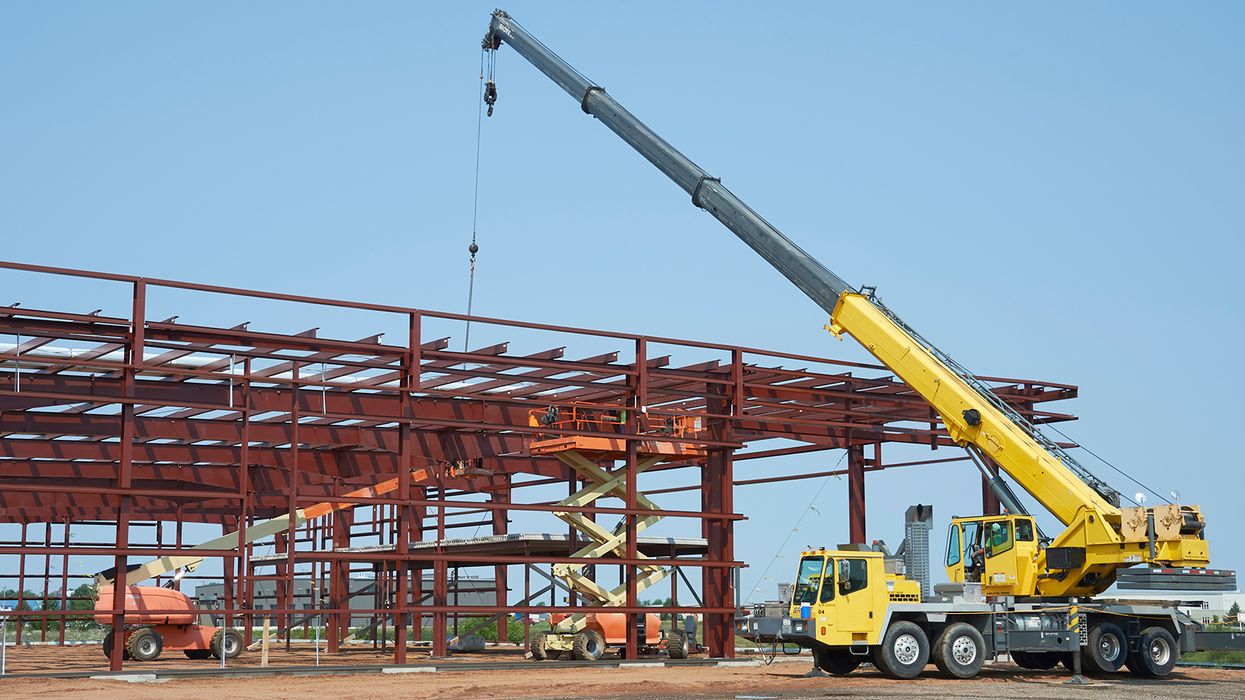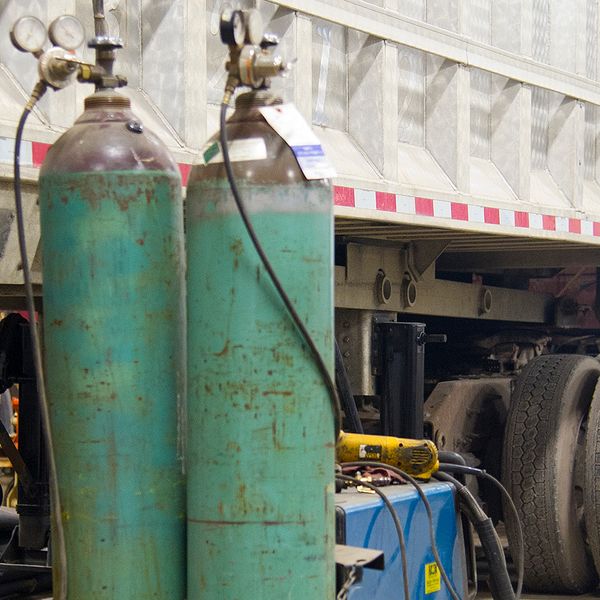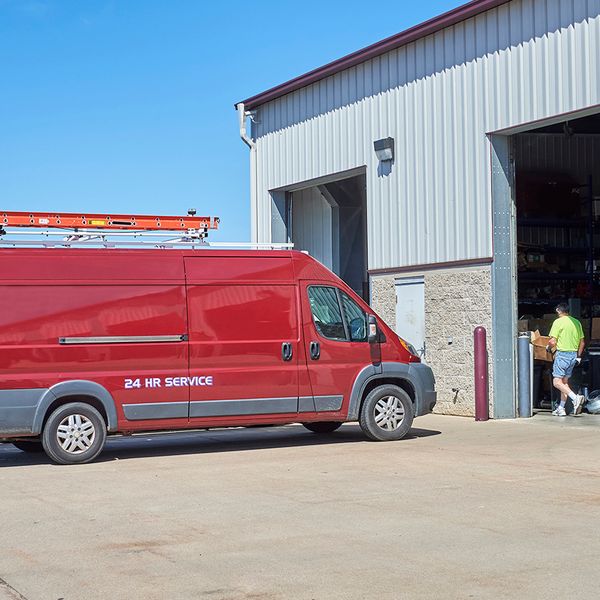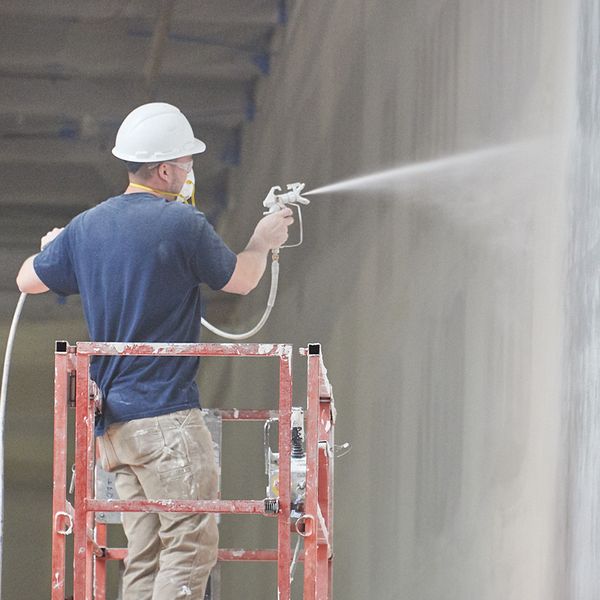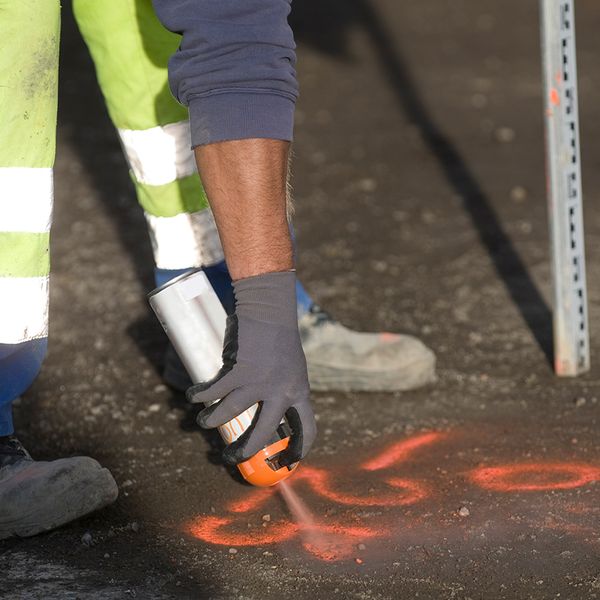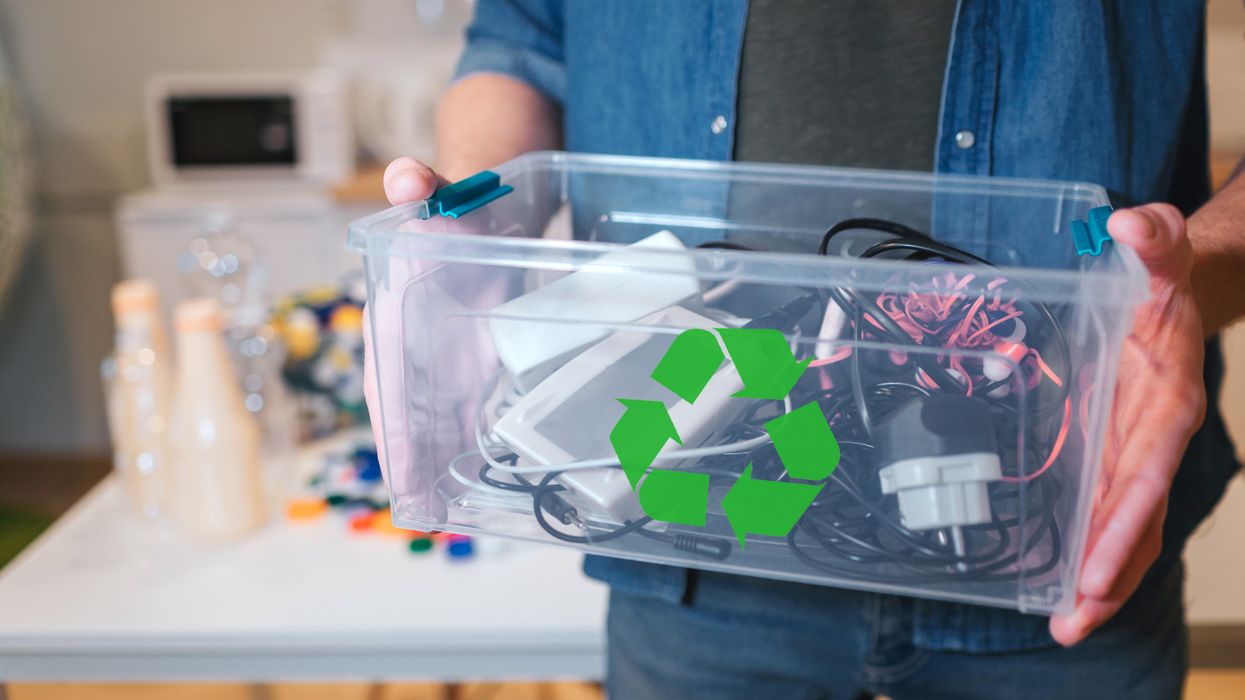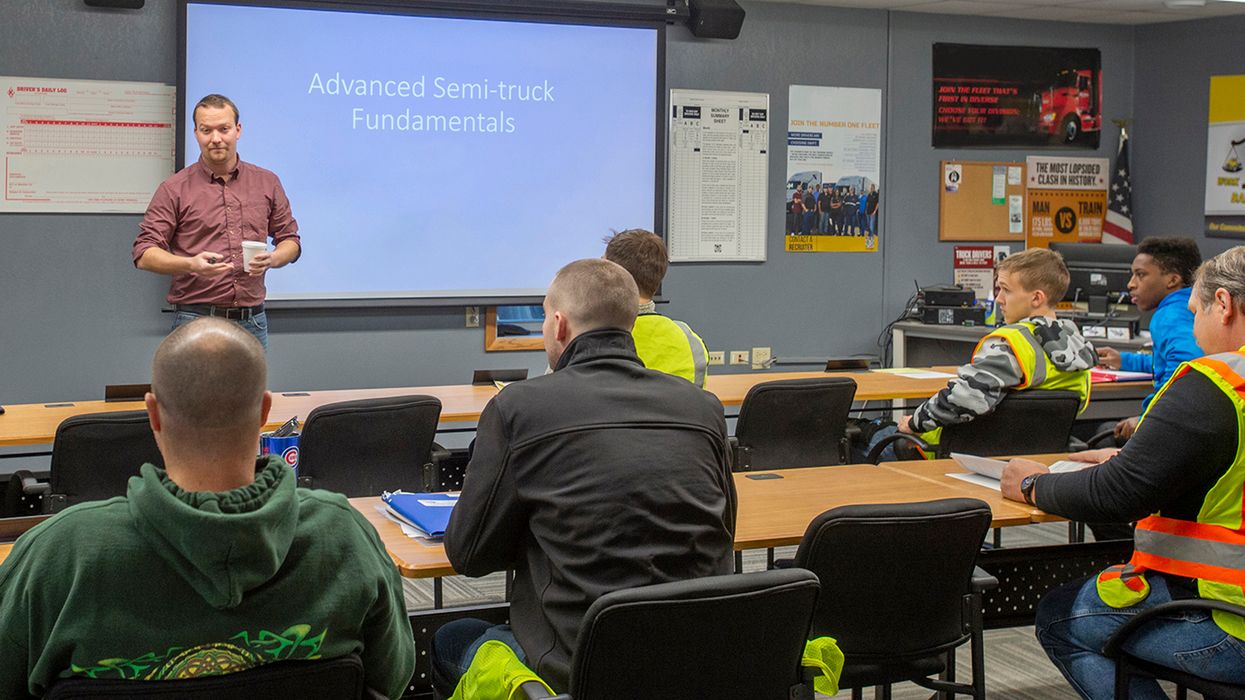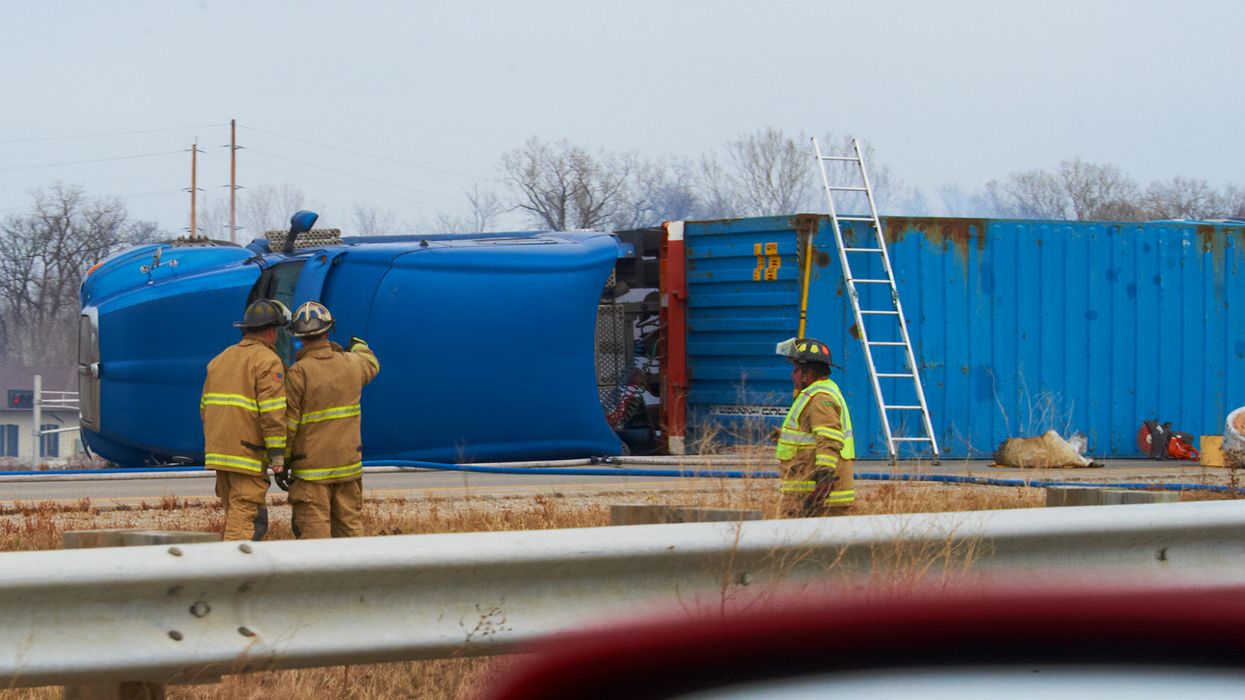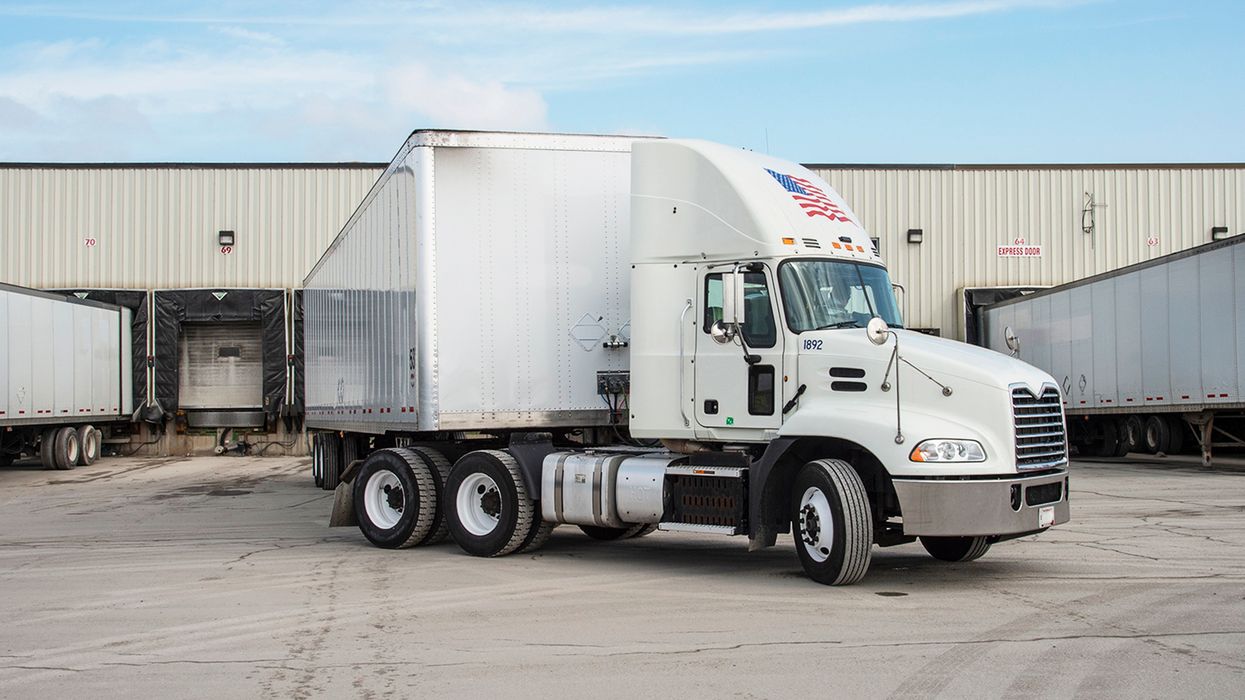Understanding the MOT exception for the construction industry
Imagine a construction crew rolling out at dawn, their truck loaded with propane tanks, cans of adhesive, and cleaning solvents, all tools of the trade essential for getting the job done. What many don’t realize is that transporting these materials, even in small amounts, can trigger complex hazardous materials regulations. Fortunately, the Materials of Trade (MOT) exception, found in 49 CFR 173.6, offers a practical solution.
This exception allows businesses like construction companies to legally transport smaller quantities of hazardous materials without the full burden of hazmat compliance, provided they follow specific rules. For the construction industry, understanding when and how this exception applies can mean the difference between smooth operations and costly violations.
What qualifies as MOT
To use the MOT exception, the hazardous materials you transport must meet specific criteria outlined in the regulations. A "material of trade" refers to hazardous materials that are transported by a private motor carrier in direct support of its primary business activities. These materials are not offered for sale or distribution but are instead used by the operator or business for operational purposes.
According to the DOT, a hazardous material qualifies as a MOT if it is:
- Used to protect the health or safety of the driver or passengers, such as insect repellents, first aid chemicals, or breathing apparatus.
- Necessary for the maintenance of the vehicle or its equipment, including items like fuel, lubricants, or spare batteries.
- Directly related to the operator’s business activities, such as tools and supplies used in construction, landscaping, pest control, or similar trades.
What you won't have to do
When these conditions are met, the MOT exception allows for relief from many of the requirements listed in the hazardous materials regulations. Specifically, materials transported under this exception are not subject to the following requirements:
- Hazmat shipping papers
- Emergency response information
- Vehicle placarding
- Formal hazmat training
This exception is especially valuable for small businesses and field crews, such as those in the construction industry, who frequently need to transport smaller quantities of hazmat like adhesives, paints, solvents, fuels, and compressed gases to job sites. By using the MOT exception, these businesses can operate more efficiently while still maintaining safety and compliance.
Quantity and packaging limits apply
The MOT exception does have strict limits on the type and amount of hazmat that can be transported, which includes:
- Class 3, 8, 9 and Division 4.1, 5.1, 5.2, or 6.1 materials:
- 1 lb. or 1 pint for Packing Group I;
- 66 lbs. or 8 gallons per container for Packing Group II or III; and
- 400 gallons of a diluted mixture, not exceeding 2% concentration for Class 9.
- Division 2.1 or 2.2 gases: Cylinders not exceeding 220 lbs.
- Division 4.3 materials: Limited to 1 ounce per container for Packing Group II or III.
When transporting multiple MOT together, the total weight of all MOT cannot exceed 440 pounds per vehicle. In addition, all materials must be properly marked, labeled, and secured in the vehicle.
Key to remember: The MOT exception provides a practical and efficient way for construction companies to transport smaller quantities of hazardous materials without the full burden of hazmat regulations.

